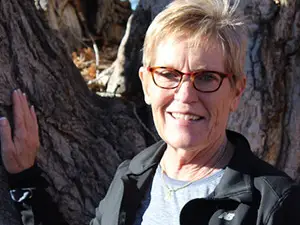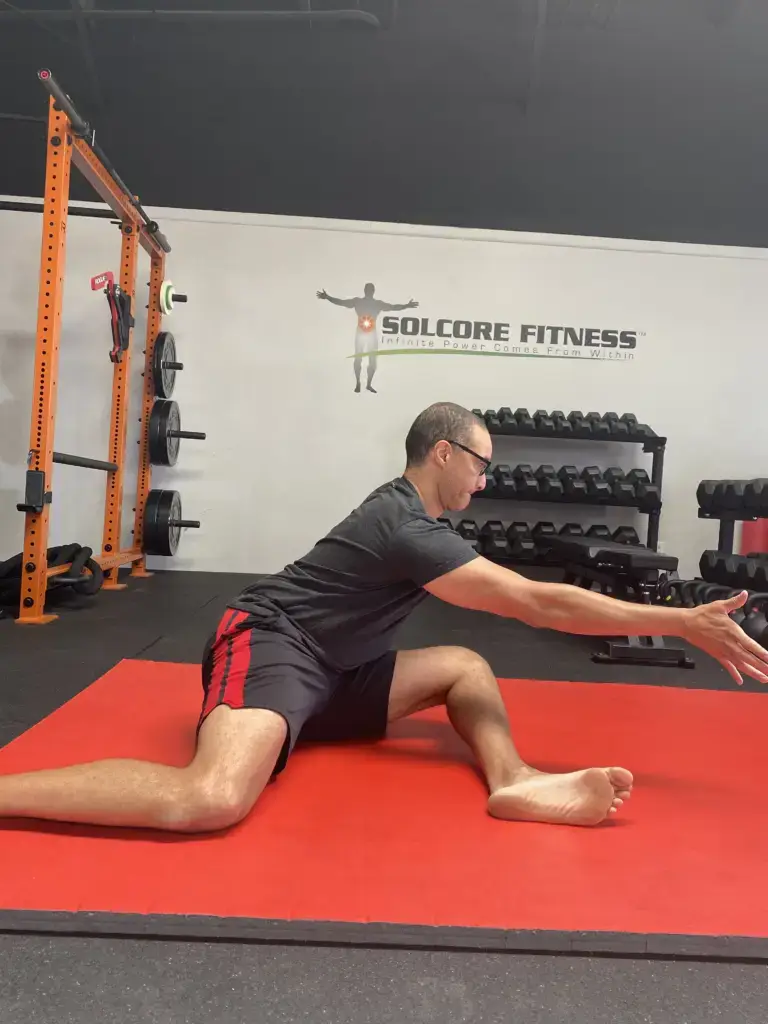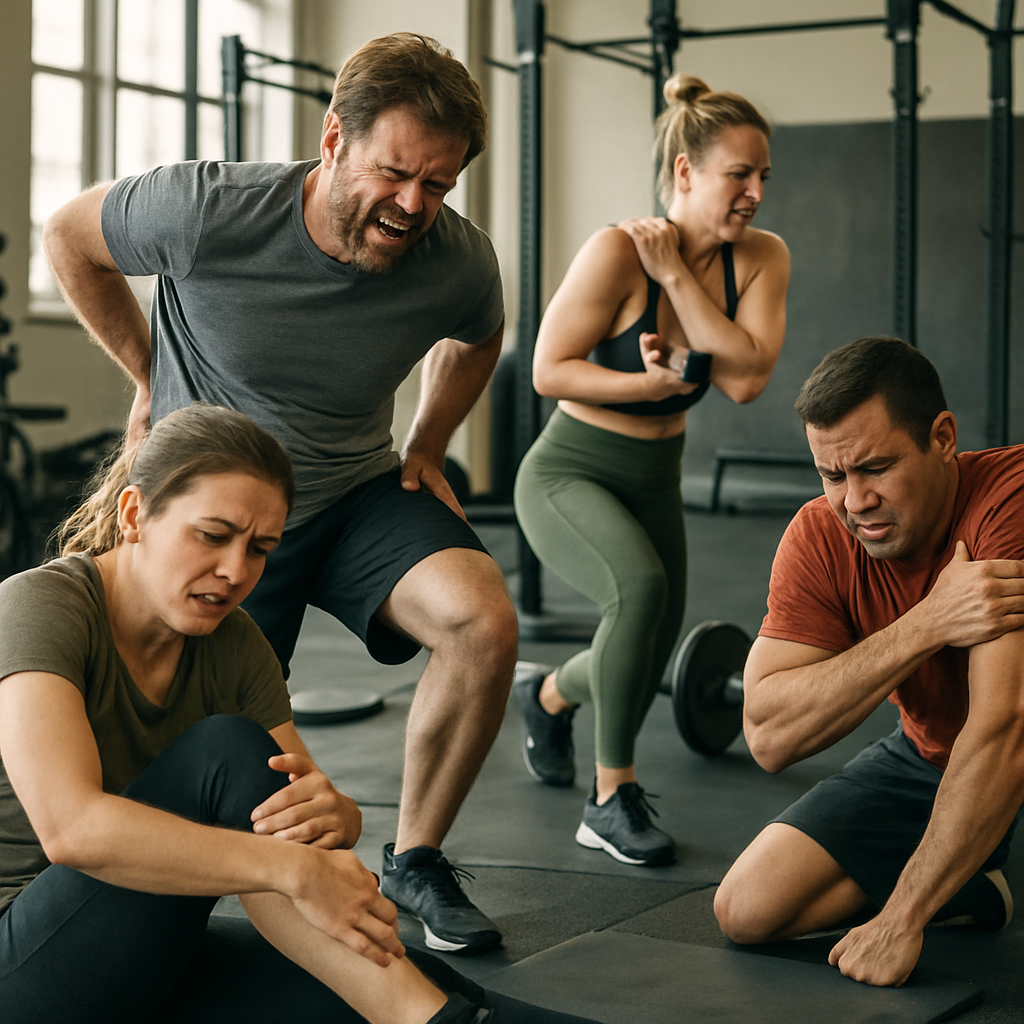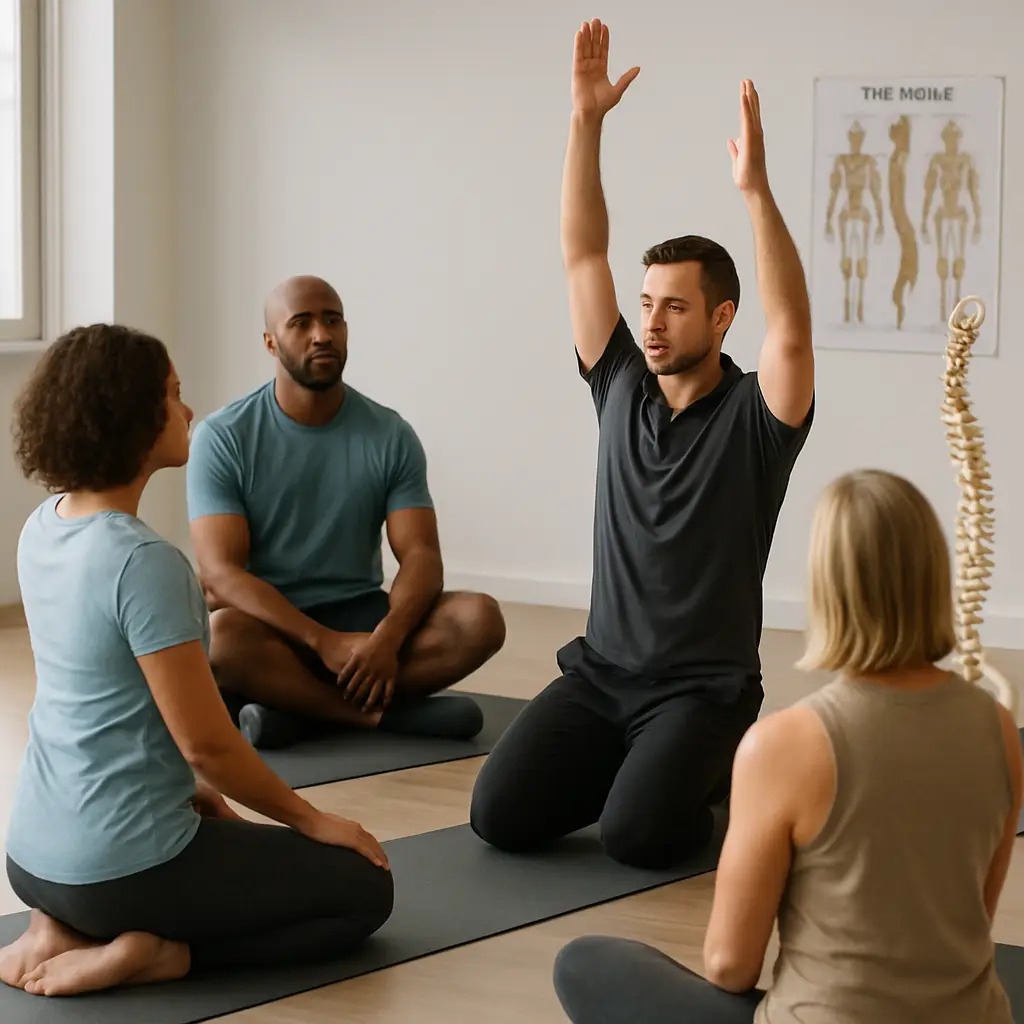
Meet Denise Johnson—Turning Setbacks Into Success
Some people just know how to work hard, and Denise Johnson is the definition of that spirit. Years of emergency room nursing, logging 250 cycling miles a week, and raising a family—Denise knows hustle. But when back pain hit and “working harder” didn’t fix it, she found herself at a frustrating crossroads.
With a nudge from her friend Amy Weyrauch, Denise gave SolCore Fitness a shot. She met challenges head-on, moving from skepticism to hope—and ultimately, to a brand new kind of success. Instead of giving up when the “just stretching” approach felt hard, Denise stuck to the process and proved that real results come from trusting the journey.
Q&A With Denise—Insight, Wins, and Encouragement
Q: What made you decide to start?
“My back was in constant pain from spinal stenosis, and I wanted to get back to real health and fitness. If you don’t have your health, you can’t enjoy the life you’ve worked for.”
Q: What did you do before?
“I was a spin instructor, racer, and avid walker, but nothing stopped the pain. I tried every modality out there, always with lukewarm results.”
Q: Results you’re proud of?
“My back feels fantastic! Myofascial stretching and ELDOA made a huge difference. I now know how to move properly, and I’m more connected to my health and fitness.”
Q: Favorite and least favorite exercises?
“I love all strength exercises, especially lifting weights. ELDOA and myofascial stretching? Still tough, but I know they’re what I need.”
Q: Challenges or current goals?
“Myself—continuing to grow and reconnect.”
Q: What do you like best about the program/trainer?
“The education. Learning how to move the right way and correct pain has been invaluable.”
Q: Advice to other members?
“Stick with it. The mental adjustment as you age is real, but support makes all the difference.”
Q: For someone on the fence?
“If you can’t commit to yourself, you can’t commit to anything. This program will help if you’re in pain.”
Feeling inspired by Denise’s commitment and results? Find your own strength and relief with SolCore Fitness:
https://www.solcorefitness.com/personal-training-and-manual-therapy/
Get more information @




